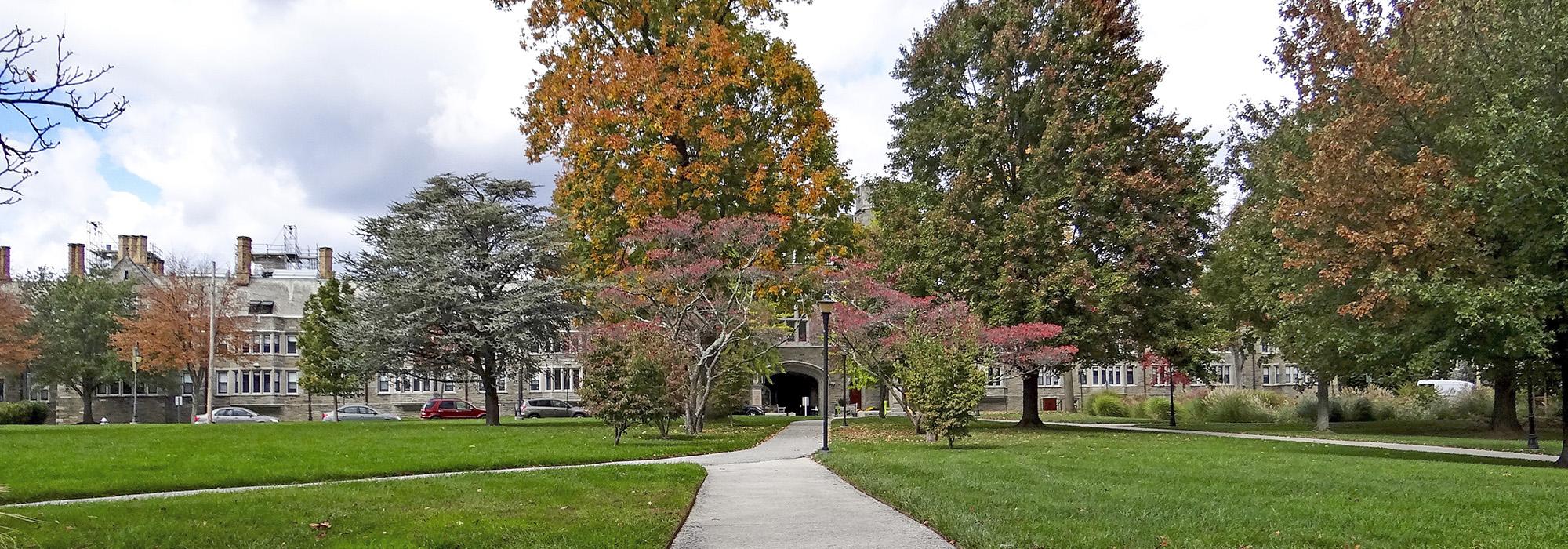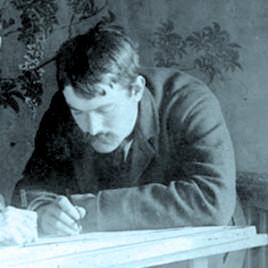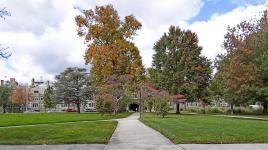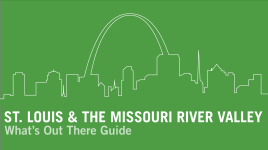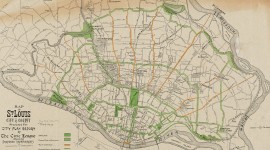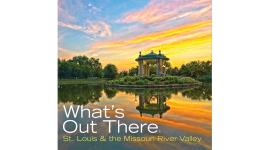Pioneer Information
Born in Philadelphia in 1860, Cope graduated from the Germantown Friends School and subsequently apprenticed at a variety of architectural firms in the metropolitan area including Addison Hutton and Theophilus P. Chandler. It was at Chandler that he reconnected with John Stewardson, a childhood friend and trained architect. Cope never formally trained as an architect, enrolling in 1883 at the Pennsylvania Academy of Fine Arts and subsequently withdrawing in 1884 to embark on an architectural tour of Europe. Upon his return to Philadelphia in 1885, he entered a partnership with Stewardson, becoming Cope & Stewardson.
Cope designed over thirty college buildings in less than a decade as a partner in Cope & Stewardson, with some of his most notable examples being Pembroke East and West at Bryn Mawr College, Brookings Hall at Washington University in St. Louis, the Quadrangle Dormitories at the University of Pennsylvania, and Blair Hall at Princeton University, amongst several other buildings on these universities’ campuses. Cope was well recognized as one of the leading architects developing the Collegiate Gothic style, characterized by masonry construction, ornate details, and rectangular plans. Non-collegiate works include the Pennsylvania Institution for the Instruction of the Blind (now Overbrook School for the Blind), the Ivy Club of Princeton, the City Hall of Atlantic City (demolished in 1969), the Municipal Building for Washington, D.C. (now the John A. Wilson District Building), the Harrison Building in Philadelphia, and several other public and private projects. He collaborated closely with landscape architects Frederick Law Olmsted, Sr., Frederick Law Olmsted, Jr., and John Charles Olmsted of Olmsted, Olmsted & Eliot through campus planning initiatives at Bryn Mawr College and at Washington University in St. Louis, where his firm aided with the master planning of the campus’ block plan. Cope was a Fellow of the American Institute of Architects and a member of the University of Pennsylvania graduate school faculty from 1892 until his death in 1902.



